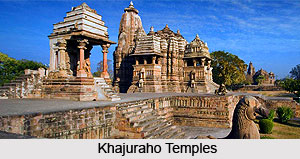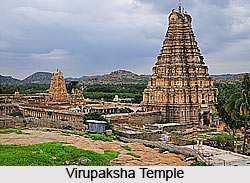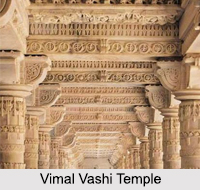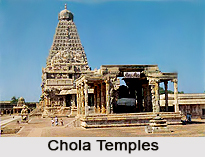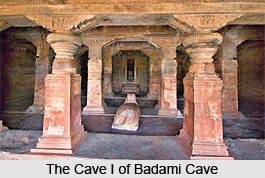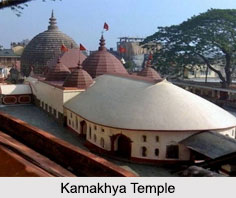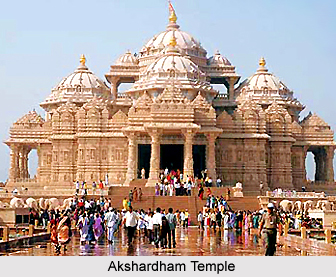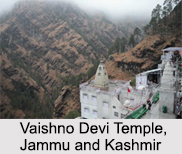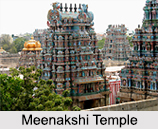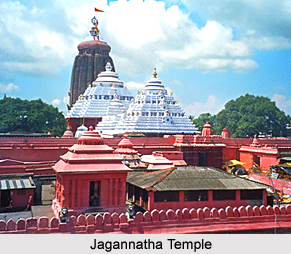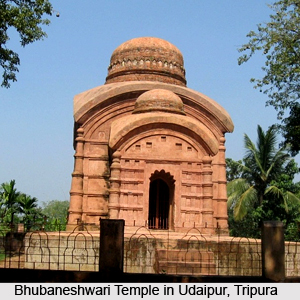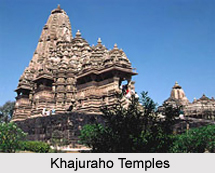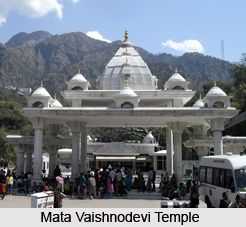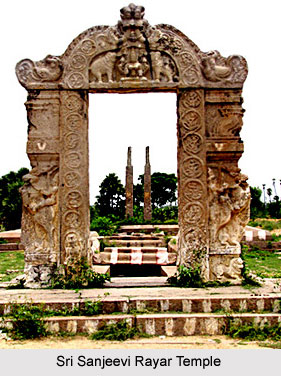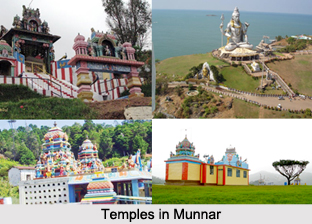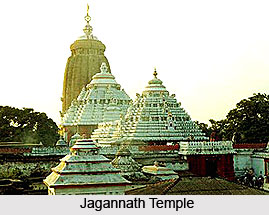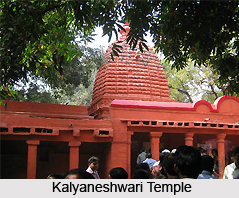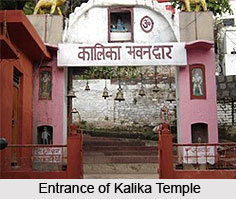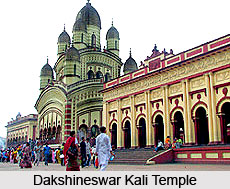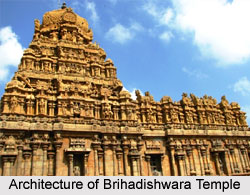The festivals observed in Sri Lakshmi Nrisimha Narasimha temple reflect the cultural greatness of the temple. Moreover it points to the traditionality and antiquity of the temple. The festivals observed in the temple also have the aroma of its ancient culture. A very large number of annual and monthly festivals are celebrated in this temple with enough pomp and grandeur. The festivals regarding the offering of worship to the deity follows the codes of the Pancharatra Agama and the process of sampradaya of Sri Ahobila Math. The important festivals organized in the temple are Tamil New year`s day in the month of Chittirai. During this occasion, special decorations are made to the Lord, just like in Oppiliappan temple. Several other festivals celebrated with enough majestic grandeur are Nrisimha Jayanthi Vaikasi, Sri Sudarsana Jayanthi, Pavitrotsava in Adi with Tirukkalyana utsava on Tiruvadippuram (the birth-star of Sri Andal) and Navaratri utsava in Purattasi. Besides, special pujas are offered to the Lord on Sundays during the month of Karttigai. During these pujas devotees gathered around the deity to offer their veneration and worship to satisfy the Lord. The Dhanurmasa aradhana during Margazhi is also equally important, when the devotees worship the Lord to get their wishes fulfilled. On Vaikuntha Ekadasi day in Margazhi, Garuda-Seva is celebrated in the morning and the Lord is decorated with flowers in the evening. In the month of Thai, Andal Tirukkalyana utsava is performed in a grand style. On the third Friday of this month is celebrated the Tirukkalyana tirumangalya saradu utsava. This festival is mainly famous for it is attended by mostly by women, each of whom receives a tirumangalya saradu sanctified by being kept on the Lord`s image. This festival also attracts thousands of devotees to the temple complex. It is said that since the festival is considered exceptionally propitious, devotees come from far-off places, even outside India, to attend this auspicious function. The grand Brahmotsavam is conducted in the month of Masi. In Panguni are celebrated the festivals like Sri Rama Navami and Panguni-Uttiram Kalyana utsava, which at the same time are considered very auspicious.
A heart-warming feature of this temple is that, every month, tirumanjanam (a special festival offering veneration and worship to satisfy the lord) is performed for the deities. In this festival both the Azhvars and Acharyas participate with much diligence and devotion. On Svati Nakshatram, worship is offered to Lord Nrisimha, Sri Garuda, Svami Nammazhvar, Sri Periyazhvar and Sri Ramanuja; on the occasion of Punarvasu celebration is dedicated to Lord Rama, Sri Anjaneya and Sri Kulasekhara Azhvar; during the occasion of Rohini worship is offered Lord Krishna, Sri Andal, Sri Tondaradippodi
Azhvar; on Sravana Lord Srinivasa, the Mudal Azhvars (Sri Poygai Azhvar, Sri Bhudattazhvar and Sri Peyazhvar) and Sri Vedanta Desika are worshipped and a grand celebration is held ; in the occasion of Chittirai a grand festival id held to worship Lord Sri Chakrattazhvar, Sri Tirumazhisai Azhvar and Sri Madhurakavi Azvar.
The festival of Ashtabandhana Mahasamprokshana of the Lakshminrisimha temple was first performed on 14th December, 1975. The present temple-complex, with its numerous sub-shrines, is a landmark in Nanganallur in the present day. One crore archanas for Lord Lakshminrisimha were completed in 1978 and special tirumanjanam conducted for the Lord and His Consort. Since then, this temple has been achieving significant popularity. Subsequently, the shrines for Lord Navaneeta Krishna, Lord Kodandarama, Lord Srinivasa, Sri Andal, Sri Chakrattazhvar, the Azhvars and Acharyas were constructed. The Rajagopuram, an awe-inspiring structure is constructed in order to welcome devotees into the temple premises. This Rajagopuram is fifty-five feet high and thirty feet wide, with five tiers and seven kalasas at its top.
Though situated in a bustling suburb and enclosed in on all sides by high-rise buildings, the Lord Lakshminrisimha-Navaneeta Krishna temple is really a refuge of peace, piety and serenity. The sacrosanct is blessed by the visits of His Holinesses Srimad Azhagiyasingar, Srimad Andavan Svami and the Jiyar of Sri Parakala Math. Presently this antique temple is a major draw for many visitors to the city. With socially useful projects like feeding the poor, giving financial assistance to the physically-challenged and maintaining a cowshed, besides arranging for classes in the Vedas and Divyaprabandha, the temple at the same time serves the social as well as spiritual needs of the community.
